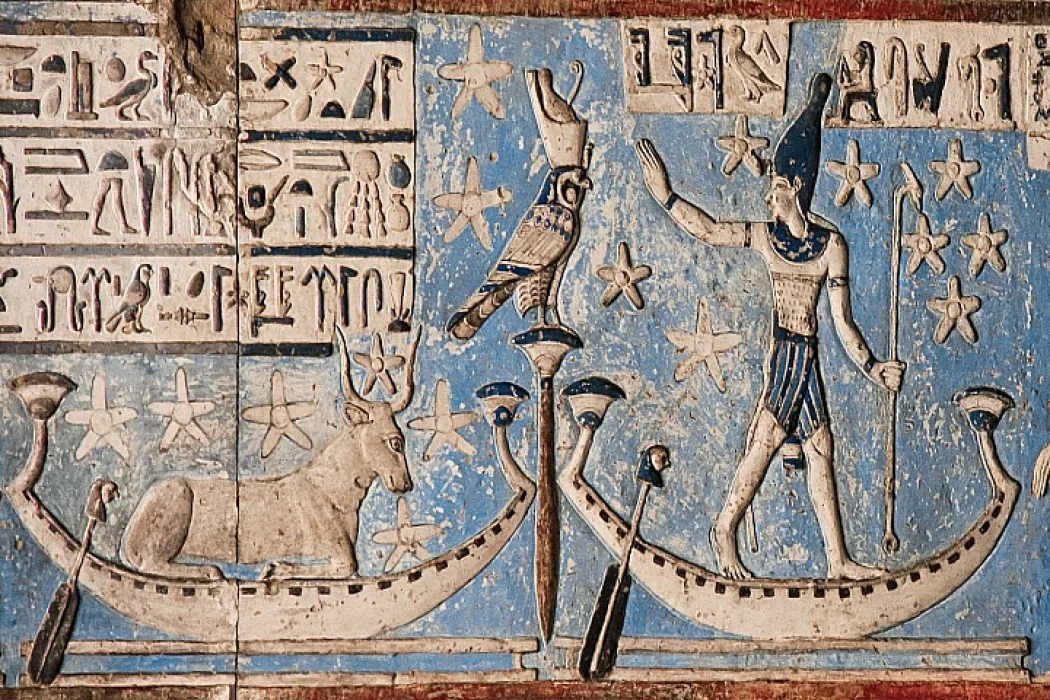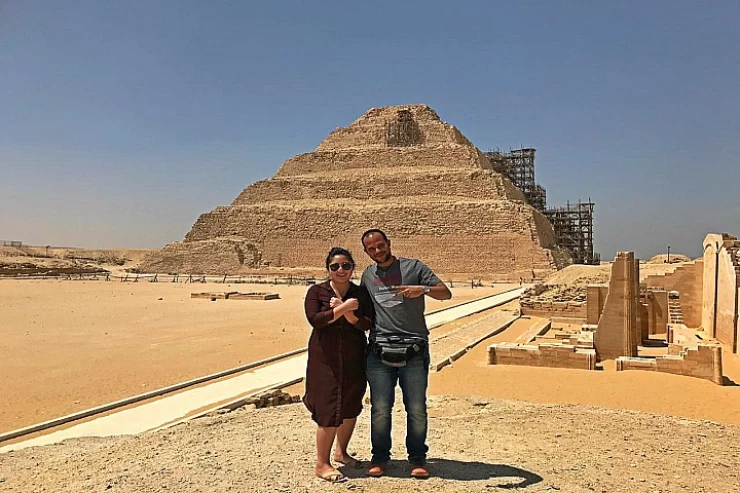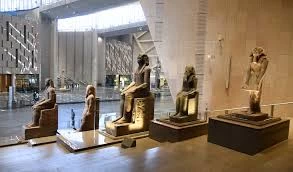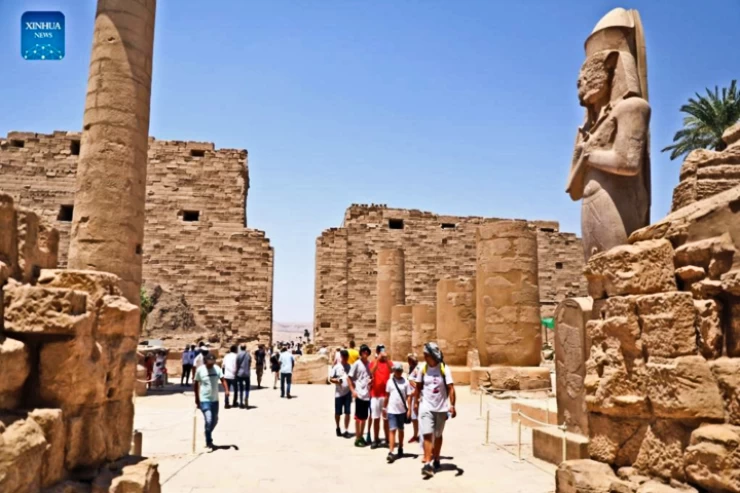
Astronomy in Ancient Egypt
Astronomy in Ancient Egypt
For the definition of calendars, the ancient Egyptians studied, in particular, the position of the Sun and the Moon. The Egyptian calendar is made up of 360 days divided into three seasons.
In Egypt, there are several proto-astronomic structures. For example, the megaliths of Nabta Playa (The World's First Astronomical Site) allow the ancient Egyptians to calculate the solstice when the Sun and the stars occupy a particular position concerning the stone structures.
These are monoliths arranged in a circle that allows us to measure the position of the Sun at the moment of sunrise and sunset, the zenith, the solstices, the equinoxes, etc. The circular structure of Nabta Playa dates back to the 3rd century B.C and is very similar to that of Stonehenge but is much older, about a thousand years old.
Egyptian astronomy and religion:
Egyptian astronomy also has purposes other than purely practical ones and is strongly linked to the Egyptian religion and the cult of the dead. Constellations are often portrayed in the sarcophagi and sacred scriptures of the second millennium B.C.
The ancient Egyptians also begin to note the position of the stars in the sky, grouped in the form of constellations, laying the foundations of astronomy and astronomical study.
Sail the blue waters through the two green strips on either side of the golden desert when you book your Egyptian Nile cruise. And check out our seasonal offers to choose the most suitable guesthouse or vacation home for your Easter 2024 vacation. We'll save you the hassle and include some of the best hotels and boats in all the cities you'll visit through Egypt travel packages, but if you like to book your own hotel, we've professionally customized a wide variety of Egypt day trips for you, Start in the city that never sleeps and explore our Cairo day trips that cover all the archaeological sites and entertainment venues from the pyramids of Giza and the famous Sphinx to the Egyptian Museum in El Tahrir Square and the National Museum of Egyptian Civilization to see the golden mask of King Tutankhamun. And if you fancy camping in one of the world's most fascinating deserts, we've created the White Desert Tours. Travel safely with us to Upper Egypt and book our day trips to Luxor and travel further south to stunning Nubia and explore all the options our day trips to Aswan have to offer.

















